With our fertile climate and soils in Tennessee and the Mid-South, insects will multiply if they go unchecked. Close inspection and preventative measures are critical for healthy, thriving shrubs. What follows are the main enemies of shrubs in the Memphis area.
Tree and Shrub Insects
Each of these insects can cause serious damage to your trees and shrubs if not dealt with properly. The best way to control infestations is to take preventive measures such as regular insect monitoring, pruning damaged branches, and applying proper insecticides. Taking steps like these will help you protect your landscape from further damage.
Aphids
One of the most common insects in yards and gardens all over America is the rose aphid, often referred to as Greenflies or simply Aphids.
Appearance
These small, green, soft-bodied insects are often found in large colonies, particularly in early spring, where they suck the sap from young plant stems.
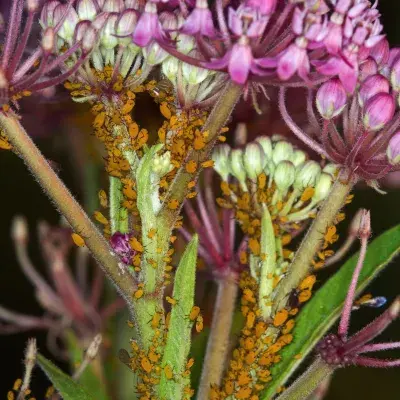
Prevention
Aphids can be controlled by simply washing stems with water or spraying with an insecticide containing acephate or malathion. Nature also provides a defense against aphids in the form of Ladybugs, who can eat up to 50 aphids a day! Cultivating herbs and heavily-scented flowers in your yard can naturally attract Ladybugs.
Bag Worms
Bag worms are caterpillars that make distinctive spindle-shaped cocoons on a variety of trees and shrubs. They target both deciduous trees and evergreens but are especially attracted to juniper, arborvitae, spruce, pine, and cedar. Large populations of bag worms can quickly strip plants of their foliage, eventually causing them to die.
Appearance
Bagworm infestations often go unnoticed because people mistake the protective bags for pine cones or other plant structures. Bagworms are small caterpillars that pull pieces of bark and leaves from trees or shrubs to make their homes. The worm creates the bag by spinning silk threads around twigs, pieces of plant material, and whatever else it can find nearby. The bags can be up to 2 inches long and look like a small cone-shaped mass of twigs and leaves. Bagworms are typically green or brown in color, with some species having a hint of yellow. They have small black eyes and six legs, both of which can help them move around and burrow into their bags for protection from the elements. Some species even have feathery antennae!
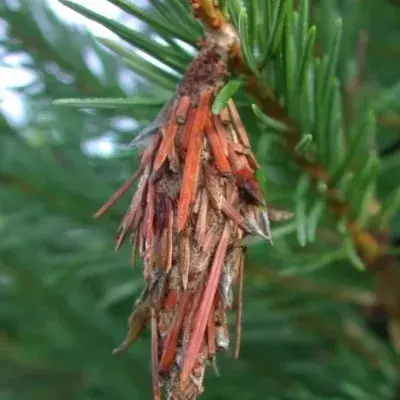
Prevention
During the early stages of a bag worm infestation, usually in fall or winter, picking the cocoons off by hand may be effective. For more serious infestations, professional help is required.
Japanese Beetles
Japanese Beetles are some of the most common and voracious garden insects that you’ll ever encounter.
Appearance
A subspecies of the fabled Scarab Beetle, these invasive insects are easily identified by their metallic green and bronze bodies and robust black legs. Japanese Beetles aren’t picky. They’ll eat more or less any plant they can find and can make quick work of an entire garden if left unchecked.
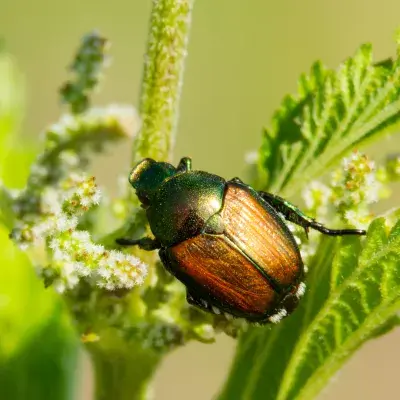
Prevention
Insecticides are effective at controlling Japanese Beetle populations but preventative maintenance is just as important. Typically, this involves removing the beetles from plants by hand. Applying mesh covers to your plants between May and August has also been shown to be effective.
Lace Bugs
Lace Bugs live on the lower leaf surface where they feed on a plant’s liquids through slender, piercing mouthparts. This leaves numerous yellow or white spots on the upper leaf surface. As the insects feed, they deposit their hard, black, varnish-like excrement on the leaf, which is commonly referred to as “tar spots.”
Appearance
Lace bugs are small insects, usually less than 1/4 inch long, and have a distinct lace-like pattern on their wings. They can be various colors such as brown, orange, yellow or black and some even have colorful stripes. The bodies of these bugs look like flattened ovals with six legs and two antennae. Most species of lace bugs have long, hairy antennae that can help them feel their environment while they search for food. They also have two sets of wings: the forewings are usually pointed and the hindwings fan out like a lacy pattern when the bug is at rest. The head and thorax are covered in tiny hairs, giving them a fuzzy look.
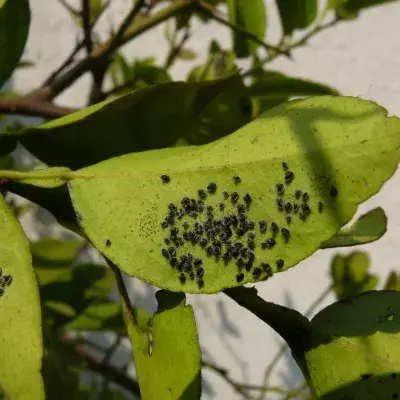
Prevention
To manage lace bugs, periodically inspect plants that have been attacked in the past or are known hosts of lace bugs, and treat as soon as an infestation is apparent. Plants under stress are more susceptible to severe infestations, so evaluate the site and culture for infested plants.
Reproduction
Lace bugs can have several rounds of young during a season if the host plant supports them. When their numbers become high and their feeding finally depletes the plant its leaves will turn brown and drop.
Scale Insects
Scale insects refer to a wide variety of insect species that cling to plant stems or tree bark in large numbers and feed off their sap. Affected areas appear scaly due to the insect's tendency to feed close together and can be sticky to the touch. The excess sap in these areas also provides ideal growing conditions for sooty black mold.
Appearance
Armored scales are small, circular insects that range in size from 1/8 to 1/4 inch in diameter. They have a hard, waxy outer shell called an “armored” scale which protects them from predators and environmental factors. The color of the scale can vary greatly, ranging from yellowish-brown to dark brown, black, or gray. Armored scales have piercing-sucking mouthparts that they use to feed on the sap of plants. They attach themselves to the underside of leaves and feed for several weeks before moving on to another location.
Soft scales are slightly larger than armored scales, ranging in size from 1/4 to 3/8 inch in diameter. They lack the hard, waxy outer shell and instead have a softer protective covering made of wax or scale material. Soft scales come in a variety of colors, including yellow-brown, gray-brown, and black.
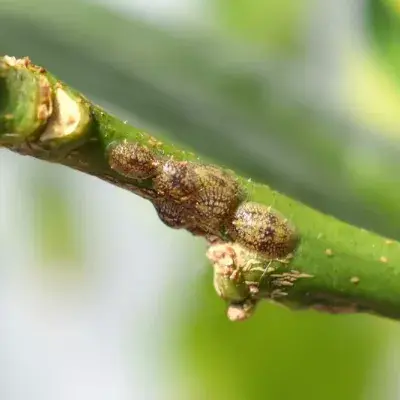
Prevention
Scale insects can be controlled by insecticides and by carefully pruning and disposing of affected areas. Scale insect infestations can grow beyond control quickly, when you notice them in your yard, swift action makes all the difference.
Spider Mites
Spider mites live in large colonies underneath leaves, giving off the appearance of white and black flecks similar to salt and pepper. As mite numbers increase, white specks will increase in number and the affected leaf will take on a bleached appearance and die.
Appearance
Spider mites are small, usually less than 1 mm (1/25th of an inch) in size. They vary in color from light yellow to red depending on the species and their life stage. Adult spider mites have eight legs, two body segments, two eyespots on the front of their head, and a pair of long, thin antennae. They are also able to spin silken webs as spiders do. Spider mites can be difficult to spot with the naked eye due to their incredibly small size, but you may notice white spots on the underside of leaves or webbing if you look closely enough.
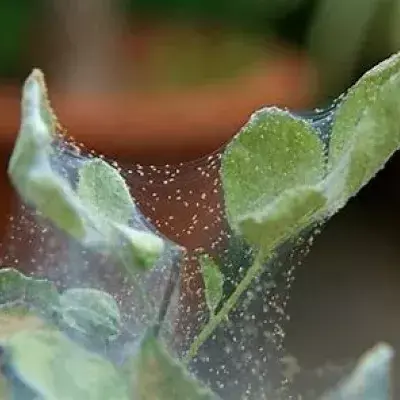
Prevention
If the problem is detected early enough, you can control it with EPA-approved insecticides applied directly to the underside of the leaves. If you prefer, apply a fine misting of water to the undersides of the foliage to wash the mites to ground level; they are unable to fly, so they will die on the soil surface.
Whiteflies
Whiteflies feed on plant sap and, due to their large numbers, they’re capable of causing severe damage to an affected plant. Similar to scale insects, the side effects of their feeding can lead to mold growth, on top of the damage caused directly by their feeding.
Appearance
Whiteflies are small winged insects, closely resembling small moths. Their body produces a powdery wax which provides them with protection but is also key to identifying them. They thrive year-round in the South but go dormant during the winter in northern states.
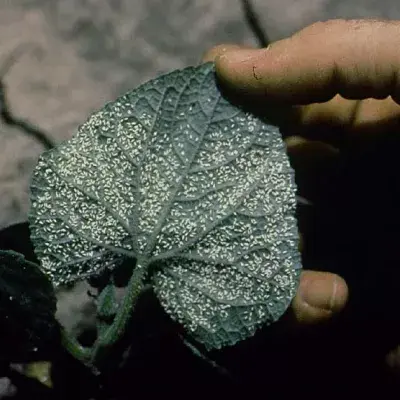
Prevention
Spraying water onto affected plants can dislodge whiteflies but insecticides are effective at treating a severe infestation.
Wood Borers
Wood borers is a catch-all term for any different species of beetle whose larvae mature in tree trunks, just underneath the bark. Sometimes wood-boring beetles can even be found in the wood furniture in your home!
Common Species
Common wood borer species include:
- Emerald Ash Borer
- Asian Long-Horned Beetle
- Common Furniture Beetle
As the larvae mature, they eat the surrounding wood, which can cause severe damage, even to mature trees.
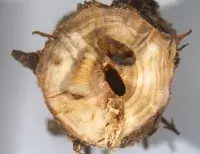
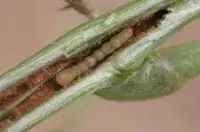
Prevention
Fast-acting insecticides are effective at treating tree-born wood borers but, for home infestations, heat treatments are typically recommended.
Tree and Shrub Disease and Fungus
Particularly in the South, trees and shrubs are susceptible to disease and fungus. Anywhere with humid conditions provides ideal growing conditions for many different fungi and disease varieties but ornamentals in all growing conditions can still be vulnerable. Some of the most common yard fungi and diseases in Tennessee include:
Iron Chlorosis
On plants infected with Iron Chlorosis, leaves may become yellow, cream-colored, or white. This is usually caused by reduced availability of iron in high pH soil. Fortunately, this can be corrected by site-related treatments such as balancing soil pH and aerating solid to reduce waterlogging. Iron chelate applied to foliage may provide temporary greening, but for long term control, lowering soil pH and increasing oxygen in the soil are the best solutions.
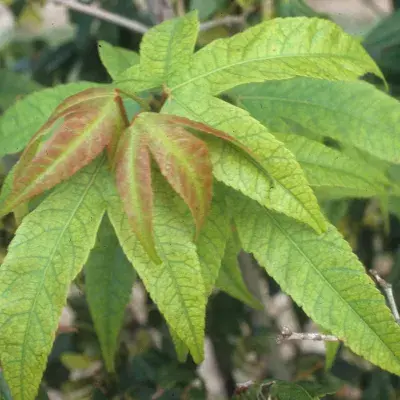
Leaf Scorch
Leaf Scorch is a symptom that can occur when leaves experience water shortages. It may also be caused by diseases of the roots, crown, and vascular system, high ambient temperatures; damage to the roots from transplanting, soil compaction, natural gas leaks, chemical damage from herbicides, excessive fertilizing, or road salt. To avoid leaf scorch, be sure the soil is moist in the fall and to perform regular watering in the summer months. Additionally, provide windbreaks around plants and plant locally adapted varieties in sheltered locations.
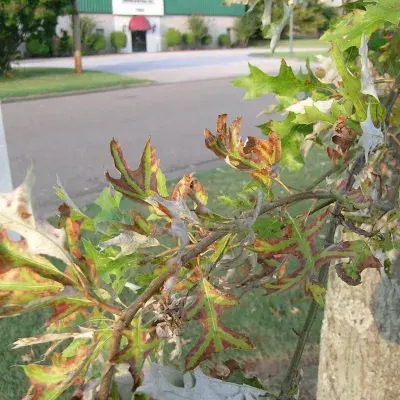
Black Sooty Mold
Black Sooty Mold is a darkly-colored, powdery fungus that can easily grow around insect damage to plant stems or leaves. The presence of this mold can be directly related to a scale insect or whitefly infestation. Spraying affected plants with insecticides can loosen the mold and kill any insects whose feeding helps enable its growth. This can be particularly effective when done before a heavy rainfall when loosened mold can be washed away.
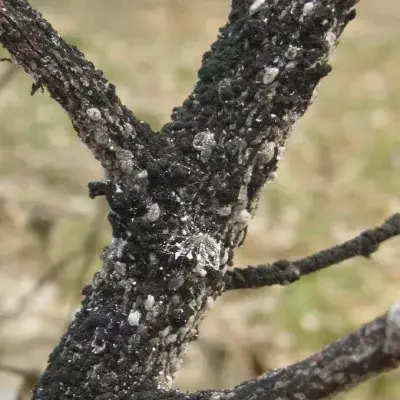
Black Spot
Black spot is one of the most common fungi that affects all members of the rose family, including apple and pear trees. Outside of the rose family, any plant with fleshy leaves can also be affected. The infection itself is not hugely detrimental to the plant’s health but can weaken its leaves overtime which lessens its ability to photosynthesize and can make it more vulnerable to other damage. Both fungicide and diligent pruning are effective control methods against black spot.
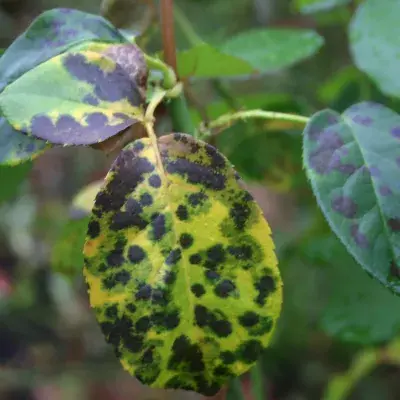
Blight
Rather than a specific infection, blight refers to a series of symptoms that can affect many different plant varieties. These symptoms typically result in the death of soft plant tissues and can be easily spread from plant to plant through incidental contact. Unfortunately, the most effective means of blight control involves the careful removal and disposal of infected plants. This should be carried out by a trained professional as blight can be easily transmitted between plants on clothes or skin.
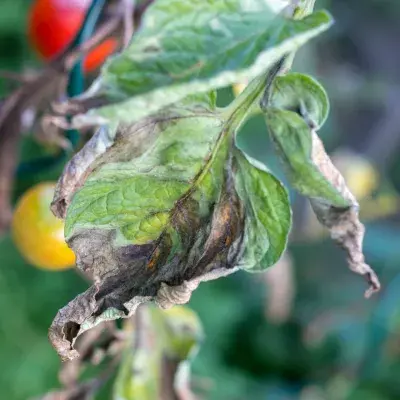
Cankers
Galls are tumor-like growths visible on plants and can be caused by a wide variety of insects, diseases, or fungi. As with any condition caused by such a large variety of infections or infestations, it’s difficult to isolate one method of treatment or prevention and professionals typically approach galls on a case-by-case basis. Still, there are steps you can take to avoid galls on your plants such as using tree wrap in the winter and regularly cleaning garden tools. When galls do appear, carefully prune away and dispose of the affected areas and clean your tools before using them on another plant.
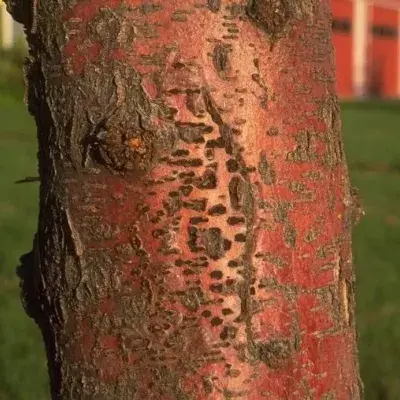
Powdery Mildew
Powdery Mildew is a very common fungal infection that affects a wide variety of plants, but is particularly common on vegetables that grow close to the ground like squash or cucumbers, although mildew-resistant varieties of these are widely available. Staging plants in sunny areas is an effective means to stopping powdery mildew spread as it prefers shady conditions and heavy, overhead watering can help rinse spores off of leaves as a preventative measure. Fungicides are effective at treating powdery mildew and are among the surest methods at keeping it under control.
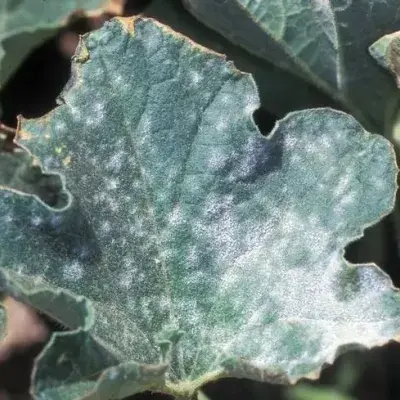
Root and Crown Rot
Root rot is usually caused by any number of fungal infections that occur in and around overwatered plants and can often result in the death of the affected plant. The best way to control root rot is to avoid it in the first place. This can be accomplished by watering responsibly, according to the plant’s specific needs and by aertating your soul to allow for greater oxygen uptake. When root rot does occur, replanting the affected plant after trimming damaged root sections with sterilized scissors can be effective.
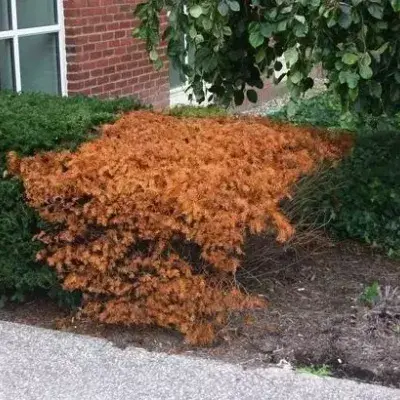
Scab
Scabs can occur on most plant varieties and are caused by fungal infections, most of which occur in wet or humid conditions and are spread through either soil or infected seeds. Infected leaves and fruits develop lesions and can become dull in color. Fortunately, it is usually not a serious threat to the plant’s health and can be easily treated by fungicides.
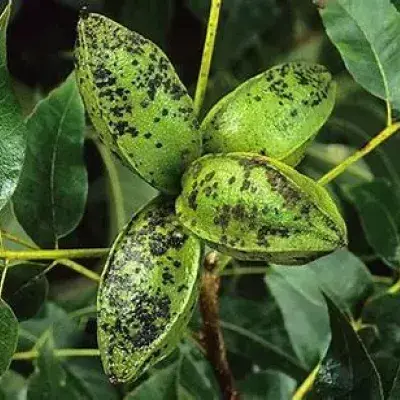

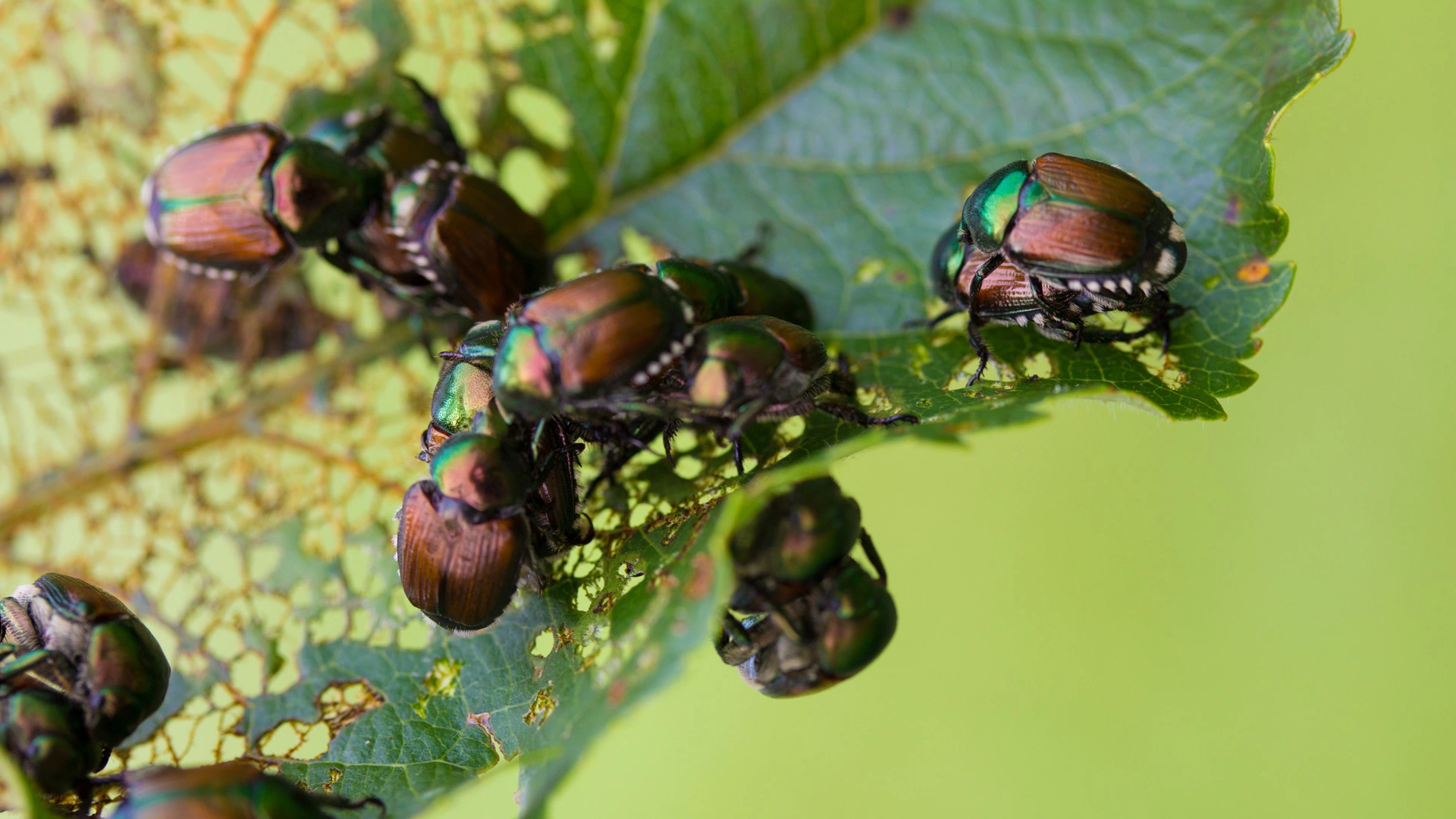

Comments (0)
Thanks for your comment!
Thanks for your feedback! Your comments have been successfully submitted! Please note, all comments require admin approval prior to display.
Error submitting comment!
There is a problem with your comment, please see below and try again.